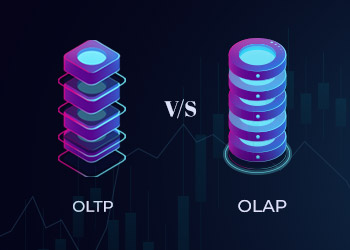
OWASP- the open web application security project was mainly developed for the web application security testing. The project has provided a completed testing framework, which helps the experts in comprehending the every if-and-but of the web application testing.
In the OWASP testing guide, the detailed description of the different types of testing that must be nicely done is given.
Mainly, the OWASP testing guide focus on the following types of application testing that are techniques used in the web app testing, information collection, business logic testing, authentication testing, data validation testing, web services testing, session management testing, AJAX testing and pretty more.
When we talk about singularly OWASP, then it’s an online community or a non-profit group that works for the web development ecosystem by creating the documentations, articles, testing guides, tools, and technologies.
A few years back, the company has released a list of 10 most dangerous vulnerabilities that can easily put the security hole in the web app security.
Here is the list of such top 5 malware that are enlisted where a brief of each is provided:
- Unvalidated redirects and forwards
There are some web applications that either forwards the web pages or redirect the users to other websites or pages. This is the most common type of the malware where without proper validation, the users are directed to phishing or they are forwarded to gain the access to unauthorized web pages.
- Elements with famous malware
In the web development world, a lot of frameworks, libraries or tools are highly leveraged being unaware of the thing that they have embedded malware. When such modules are used during the development and when they are crashed, a serious loss of data the website has to incur. So, the websites must be ready for such possible attacks and keep the defense ready.
- Cross-site request forgery
CSRF is a very common type of the malwares that silently forward the logged-in users crucial information that includes authentication data and session cookies by forcing the browser to send in the fraudulent HTTP request.
This way the attacker can easily generate the request from the users’ browser and let the application thinks like the request is made by the authentic users’ browser.
- Cross-site scripting
When the app doesn’t detect the untrusted data and directly send it to the web browser without doing any validation, the attackers can easily inject and execute the unsafe Javascript snippets in the app.
Basically, there are three types of XSS- reflected XSS, DOM based and stored XSS, which are found in almost 17% of the vulnerable apps andwith a great ease, theyhijack the user sessions or redirect the users to the vulnerable websites.
- Sensitive data exposure
Identity thefts or credit card data stolen are very common crimes about which you also have heard about. The credentials theft online is possible only when the sensitive data protection is not properly taken care of.
It provides a golden opportunity to the attackers to steal or change the existing data. The web applications must keep the data encrypted whether it is in the rest or transit.
Takeaway
The above listed five vulnerabilities that’re listed by OWASP in top ten lists are the most common malicious software that impact web applications. The modern web applications can preserve the app security leveraging advanced security software. It’s time to beware from the threatsand ensure the web app security using best methods, technologies or tools.
Above just 5 web app vulnerabilities are highlighted and rest of them will be illustrated in the next blog. So, stay tuned with us to know about rest of the 5 vulnerabilities.
Related Articles
-
POC vs. MVP vs. Prototype: The Best One For Product Market!
We enter a new digital age. Knowing and executing an efficient business strategy is essential in today’s business environment. However, creating a company can be tricky; it requires more than
-
How much will a website development cost you?
How much does it cost to create a website? How much do you charge for a website? How much does it cost to host a website? How much does it
-
OLTP vs OLAP – An Analysis of Two Data Process Technologies
Online processing technologies come in an aggregation of types and have been used for a wide range of business tasks. It is supported by the most recently viewed and relevant



